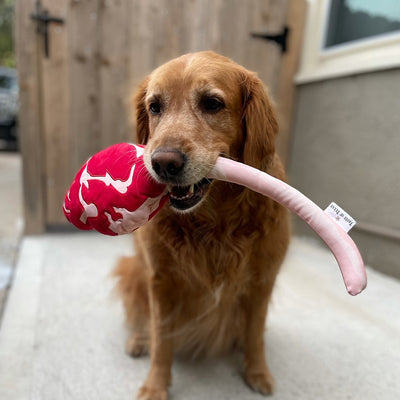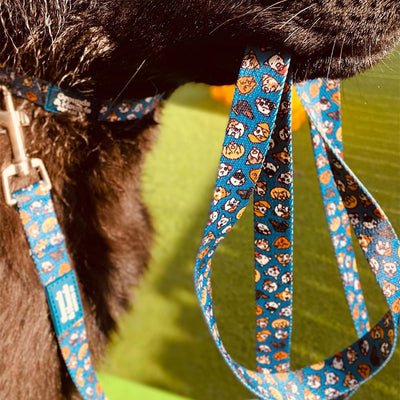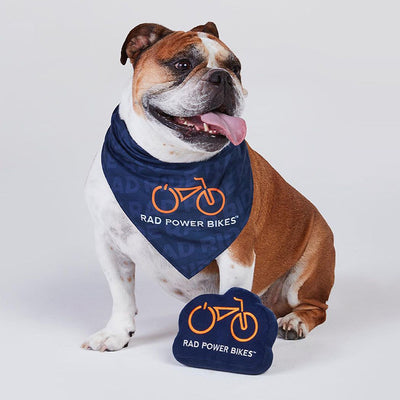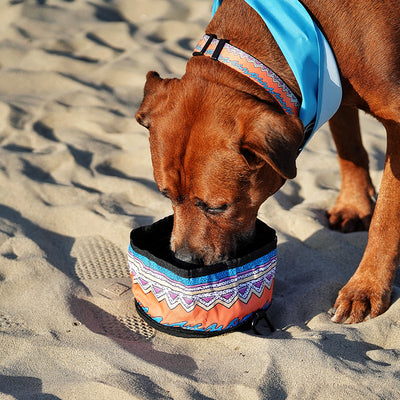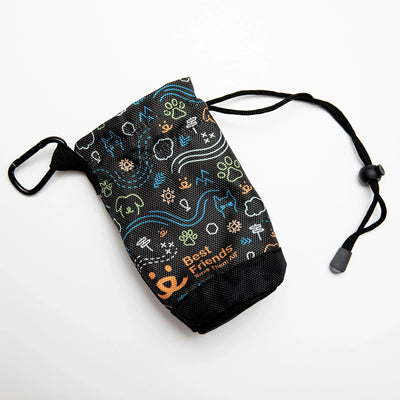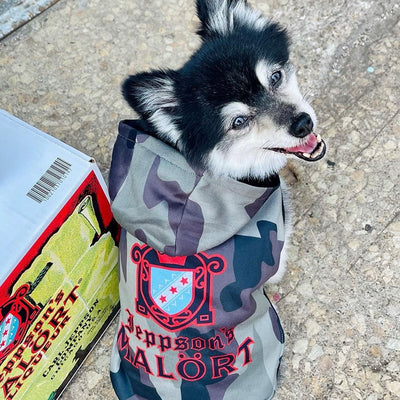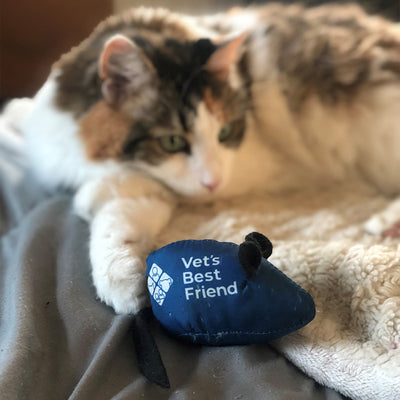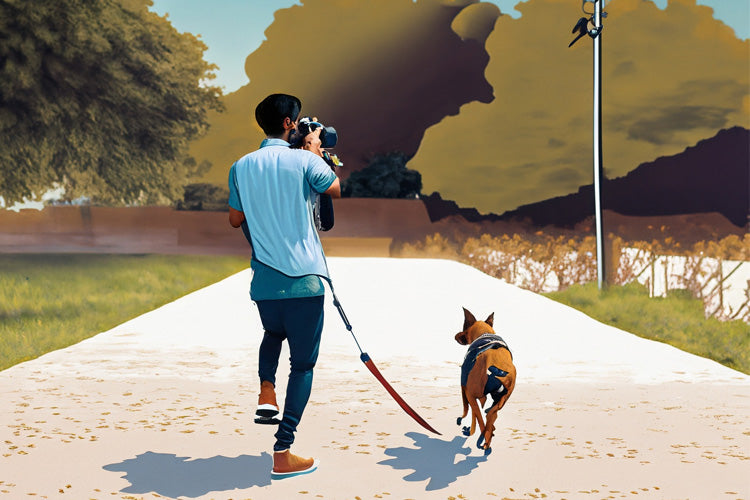Pets have an innate ability to infuse our days with bursts of joy and laughter. Their fleeting moments of mischief, bouts of playfulness, or simply those candid lazy stretches offer some of the best photographic opportunities.
Yet, encapsulating the essence of these moments, the raw emotion and personality of our furry friends, is an art in itself. In this PrideBites blog, we’ll be walking you through some expert ways to refine that art and take even better photos of you and your beloved pooch.
1) Plan Out Your Shots
Often, the best shots are those that the photographer has taken time to envision and contemplate beforehand. Before beginning the shoot, ask yourself what aspect of your dog's personality you're aiming to showcase. Is it their playful demeanor, their contemplative side, or perhaps their protective instincts? By narrowing down the theme, you’ll not only create a focal point for the photograph, but also help guide other elements like the photo’s setting and props.
Environments play a crucial role in photography, enhancing the subject's focus or providing contextual depth. For instance, capturing a dog amidst a pile of cushions might emphasize their comfort-loving nature, while a puppy in a park might underscore its playfulness.
Props, when used judiciously, are great conduits for your creativity. Perhaps your puppy has favorite custom plush toys or your senior dog loves a particular hat. Incorporating these elements can introduce a narrative to the photograph, therefore making it more engaging.
2) Schedule Your Shoots
Much like humans, pets have their own rhythms–times when they're brimming with energy and moments of downtime. Observing and understanding these patterns can help you land the perfect shot. For instance, if you're aiming to capture the serene side of your dog, choosing their typical nap time would be ideal. On the contrary, for more dynamic shots, consider scheduling during their play hours.
Professional photographers often vouch for the “golden hours”–the short period after sunrise and before sunset. During these times, the light is soft, diffused, and often golden-hued, lending a warm and magical touch to photographs. For indoor shots, positioning your dog near a source of natural light, like a window, can elevate the photo's quality. However, avoid direct midday sunlight as it can cause harsh shadows and overexposure.
3) Configure Your Camera Appropriately
Pets are known for their spontaneity, which can translate into rapid movements or fleeting expressions. To keep up, one needs to ensure the camera is set up for quick responses. A fast shutter speed, often upwards of 1/500th of a second, can freeze rapid movements, capturing that mid-air jump or playful chase with clarity.
In lower light settings, you might need to increase the ISO, which makes the camera more sensitive to light. But do so judiciously, as higher ISOs can introduce noise or graininess to the photos.
For those with DSLRs or mirrorless cameras, using a lens with a wider aperture (like f/1.8 or f/2.8) can allow more light in. This enables faster shutter speeds while also producing that pleasing blurred background, making your pooch stand out.
4) Shoot in a Comfortable Environment
The backdrop and environment play a pivotal role in the outcome of pet photographs. While exotic locations can be visually stunning, prioritizing the comfort of your pup can lead to a great payoff.
Familiar surroundings, such as your backyard or a frequented park, will put your pet at ease. This, in turn, allows their natural personalities to shine. Distractions or unfamiliar noises in a new setting might make them anxious or overly curious, diverting attention from the camera.
5) Try Shooting from Different Angles
The perspective from which a photograph is taken can drastically change its narrative and visual appeal. Standard eye-level shots are classic, but occasionally diving into unconventional angles can yield impressive results.
Imagine capturing the world from your pup’s viewpoint; crouching down to their level offers an intimate perspective that draws viewers into their way of seeing things. Alternatively, an overhead shot could emphasize their size (or adorable lack thereof) and provide a unique layout, especially with small dog breeds like dachshunds or chihuahuas.
6) Auto-Focus on Their Eyes
There's an undeniable depth and emotion that eyes bring to a photograph. When capturing images of pets, their eyes often become the central focus, narrating tales of mischief, curiosity, or sheer contentment.
To ensure these tales are told as clearly as they deserve to be, it's imperative to have the eyes in sharp focus. Many modern cameras come equipped with an eye auto-focus feature, which can be a boon for pet photographers. Even if you're dealing with a dog that has darker fur, those eyes can serve as a contrast, capturing attention and adding depth to the photograph.
7) Convey Their Personality
A good photograph goes beyond being aesthetically well-composed and captures the true essence of its subject. Pets, each with their unique personalities, offer a plethora of opportunities to capture distinct moments. The mischievous twinkle of a puppy plotting its next playful ambush, the exuberance of a big dog welcoming its family, or the cautious curiosity of a senior dog in the presence of another family pet, like a cat–these are moments that speak volumes.
To truly bring out your pup’s personality, you’ll have to spend time observing them closely. Recognize what makes them tick, identify those signature quirks, and be ready to capture them. Such photographs, brimming with personality, are the ones that leave lasting impressions.
While it's pivotal to understand and implement the technical aspects of photography, capturing your dog's essence is about more than just settings and angles. It’s about pausing and appreciating the fleeting moments, the subtle expressions, and the boundless emotions these happy creatures bring into our lives.

